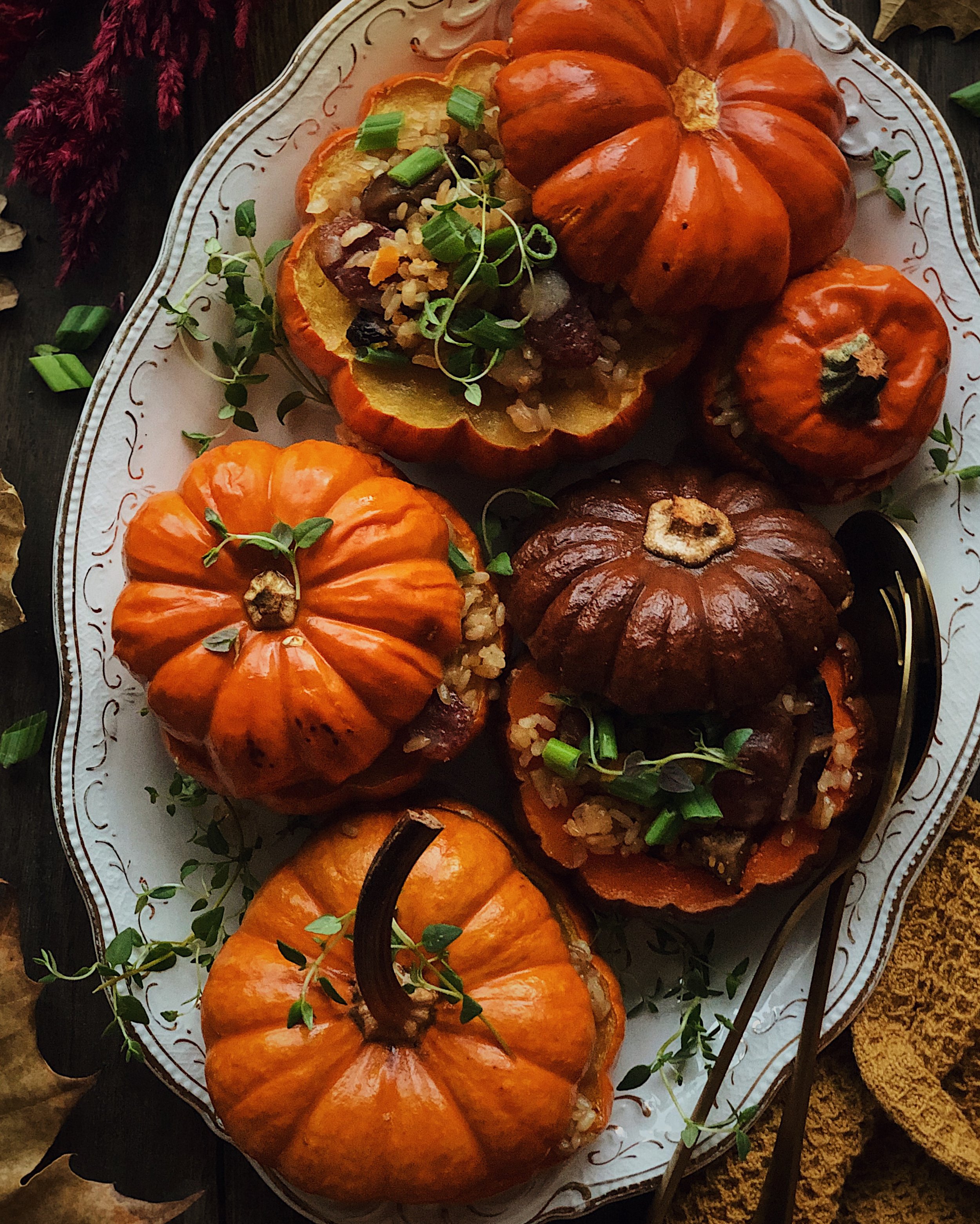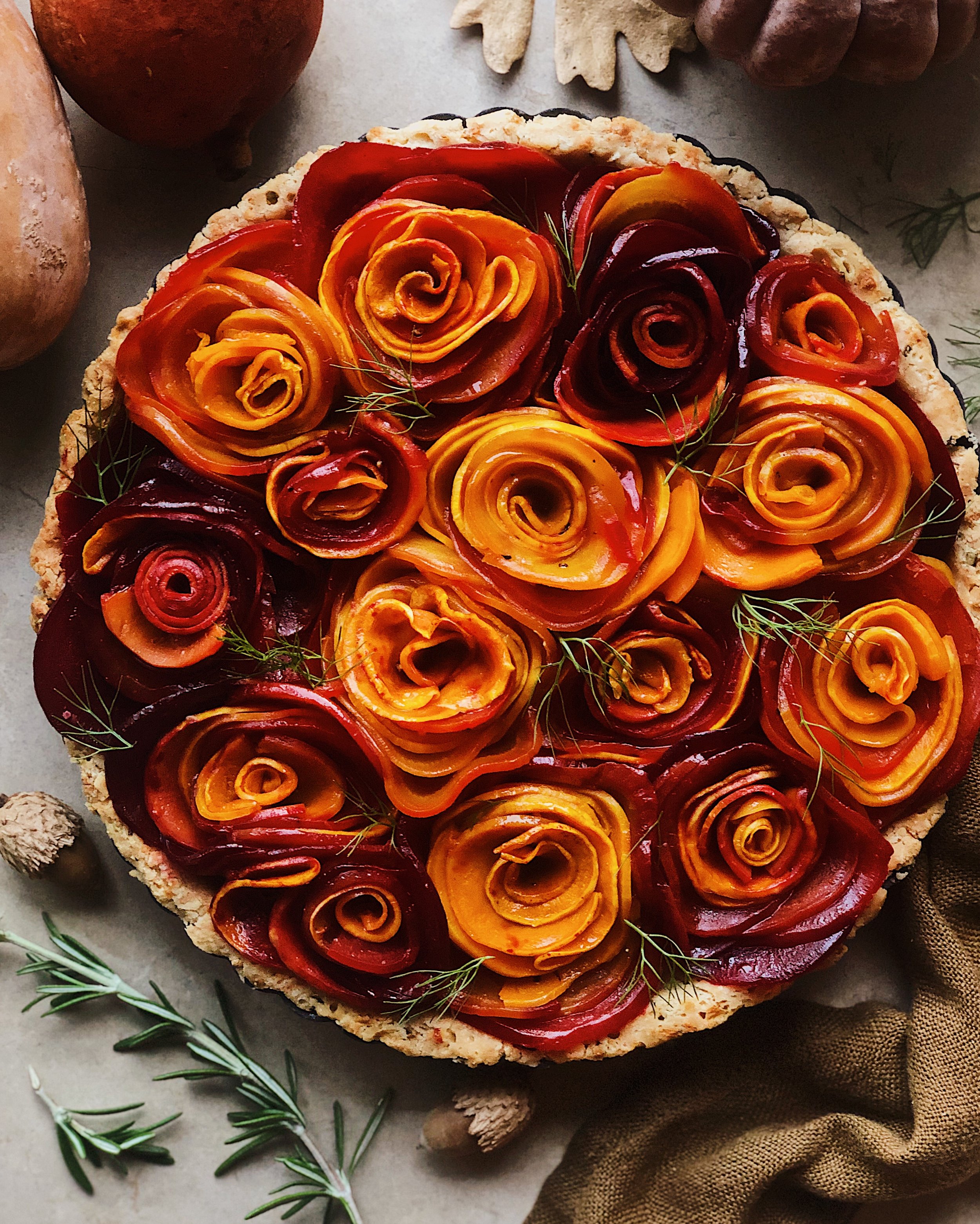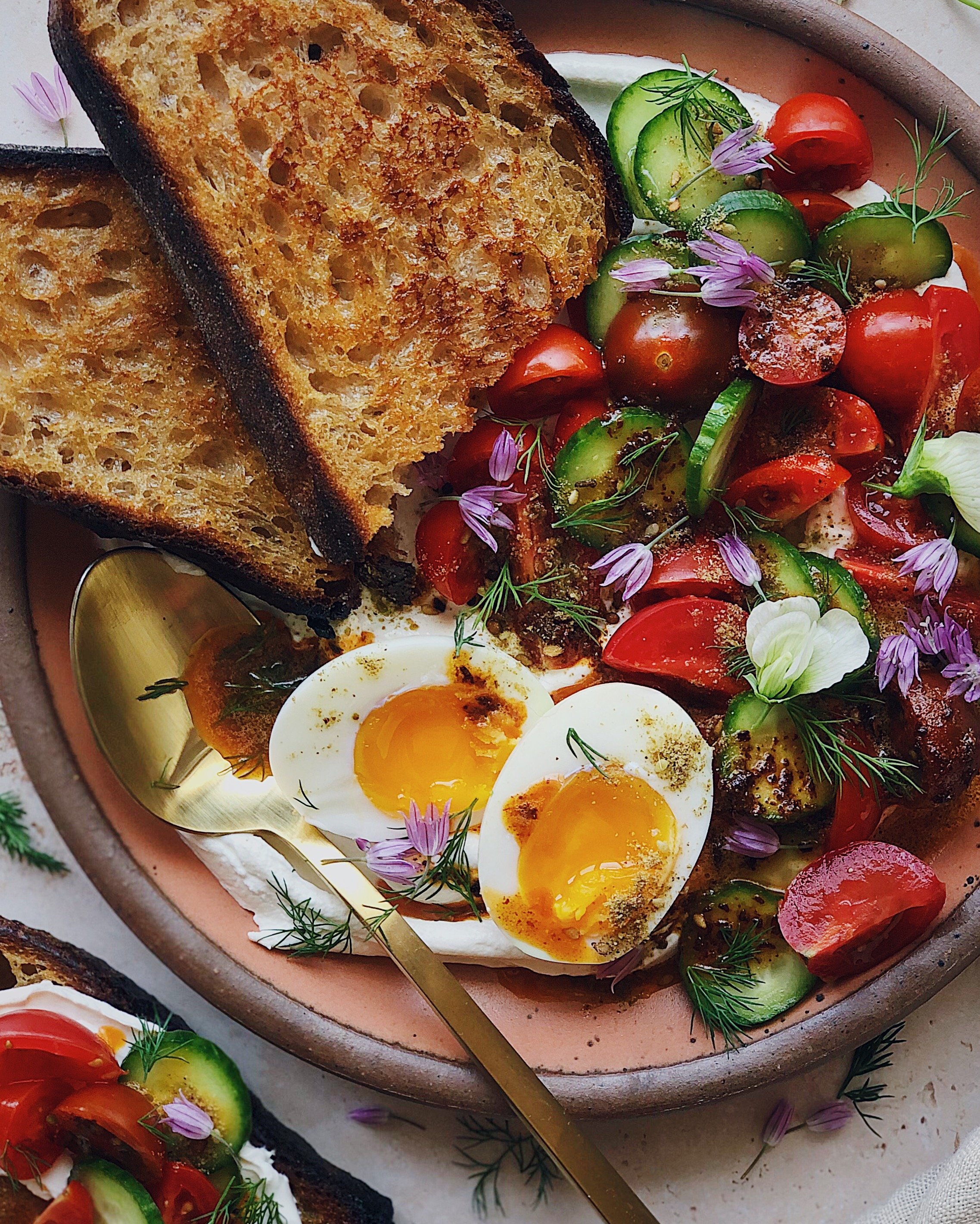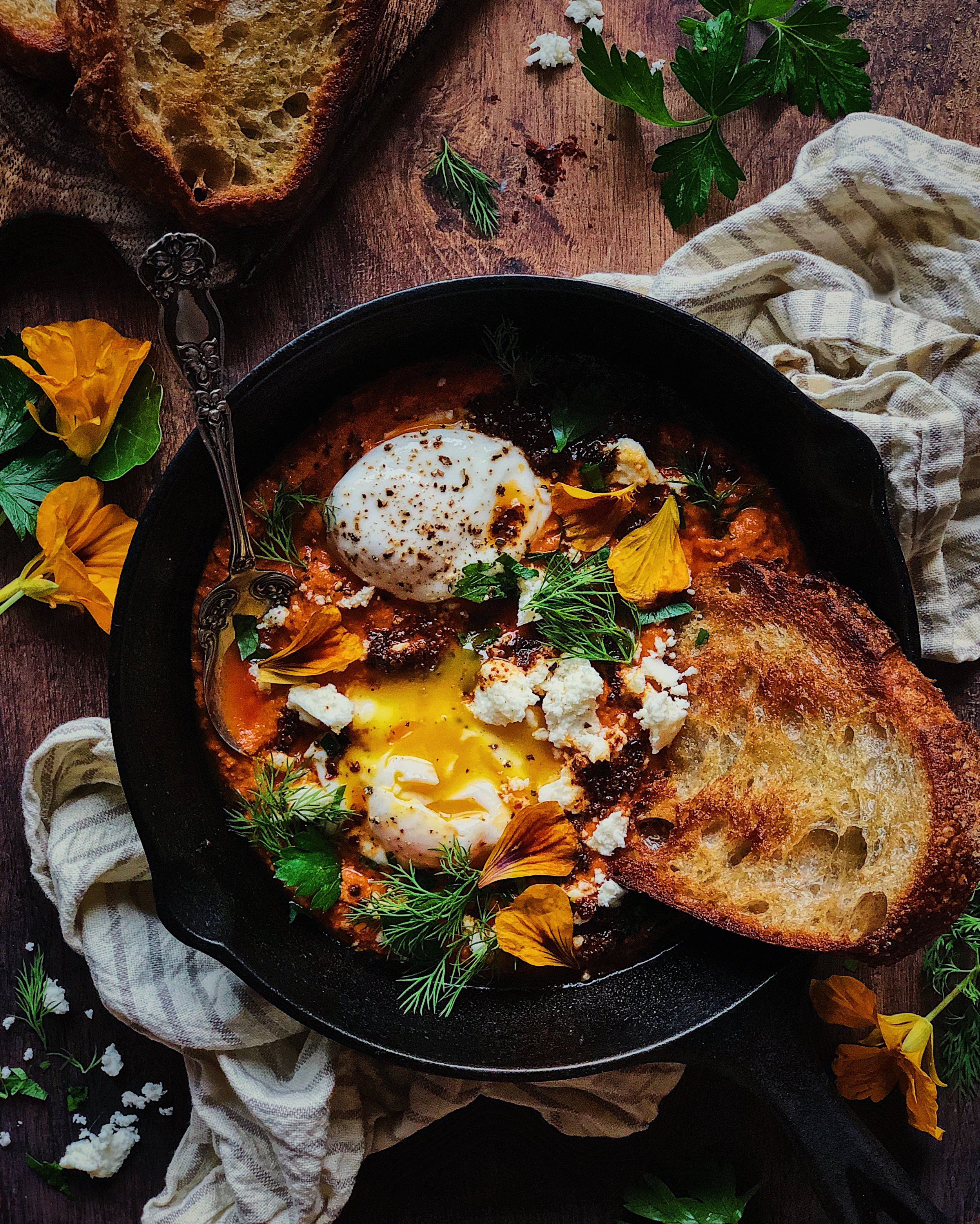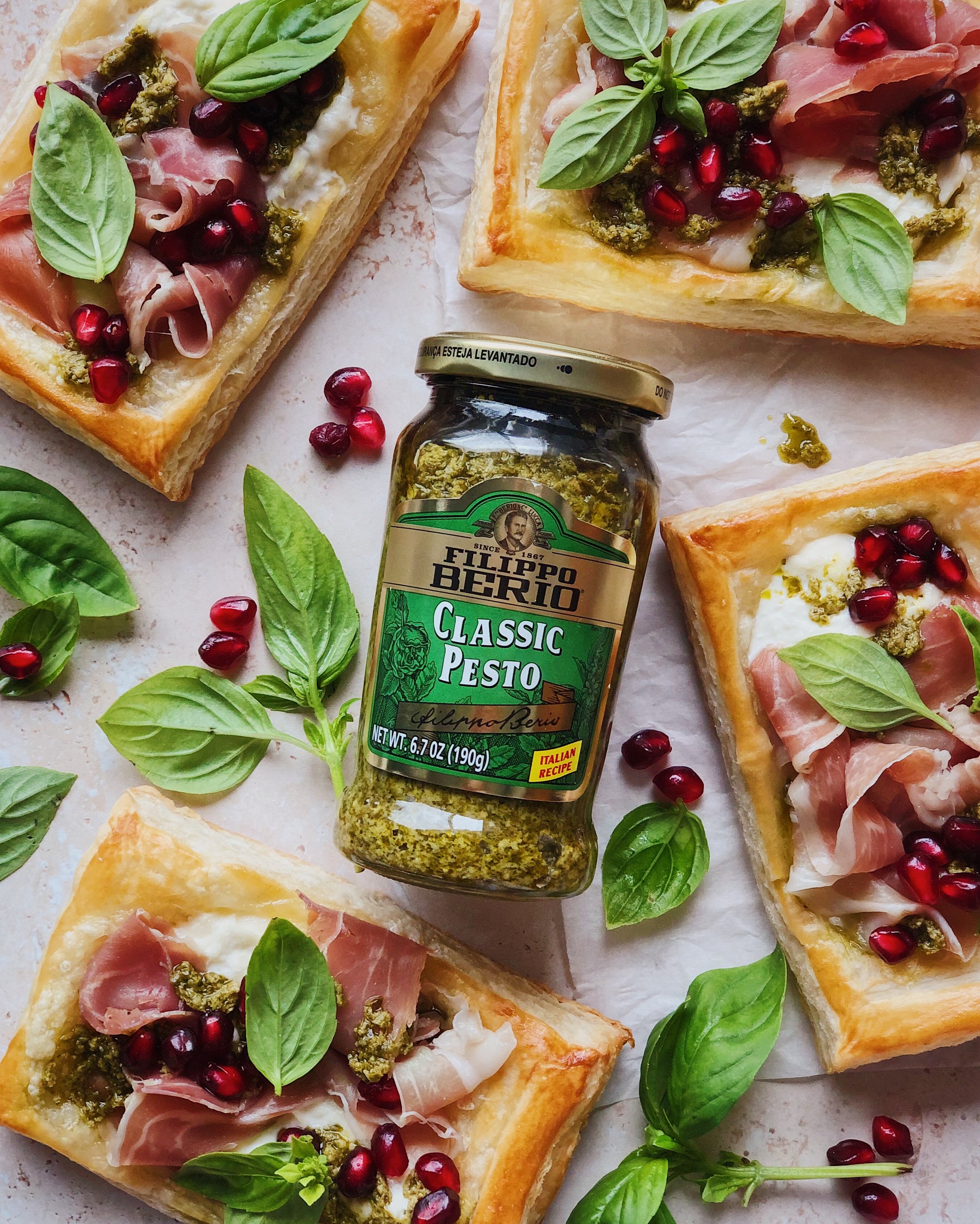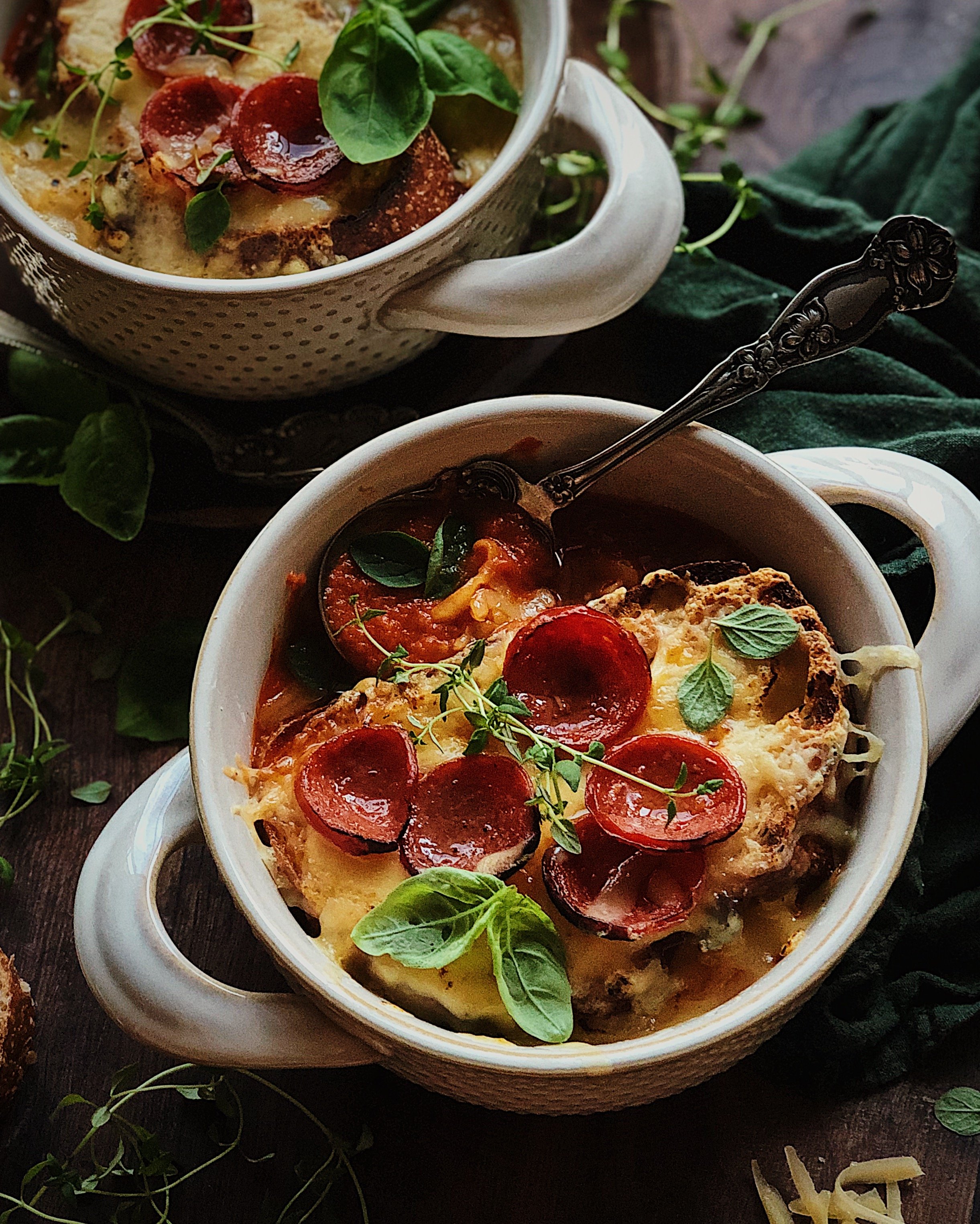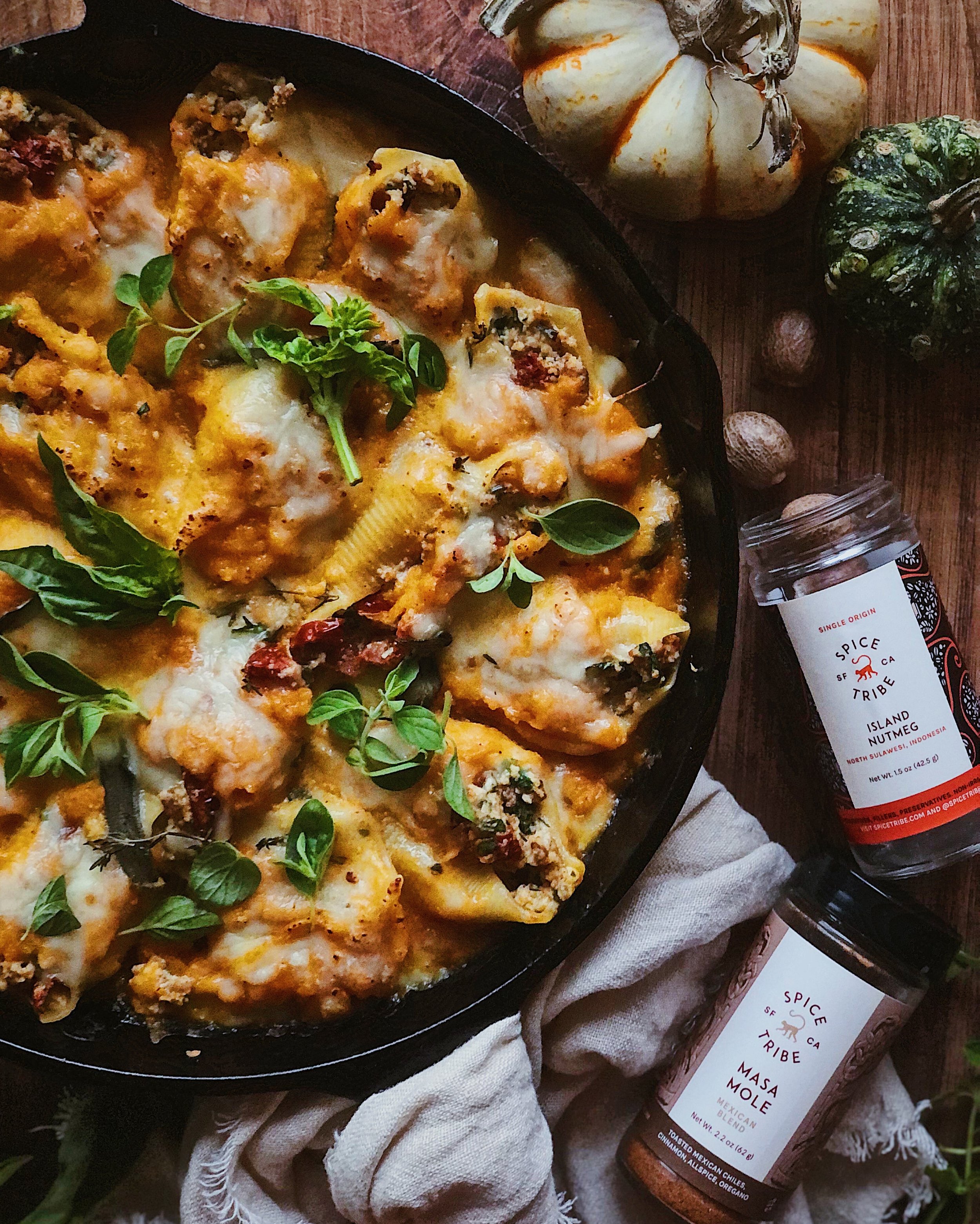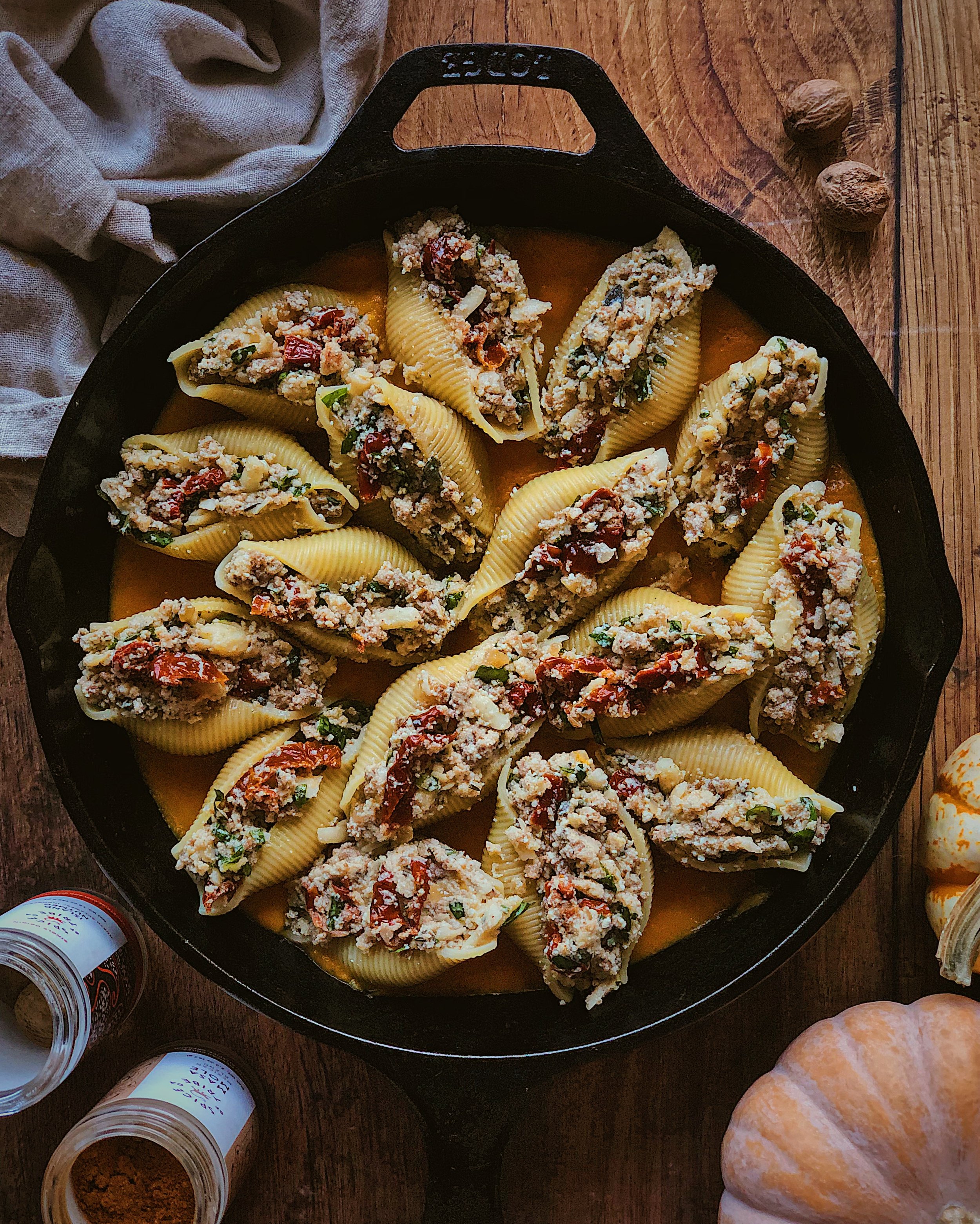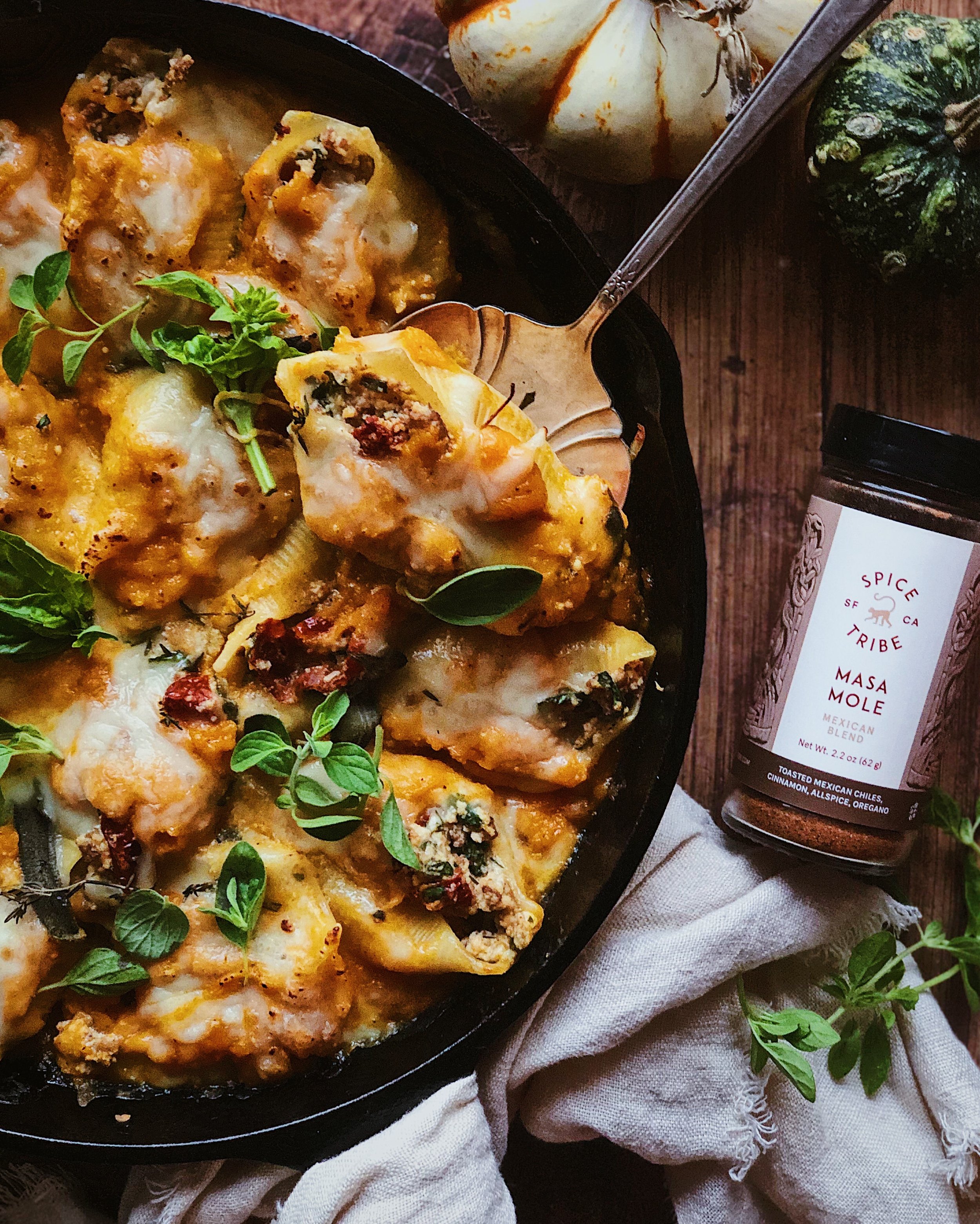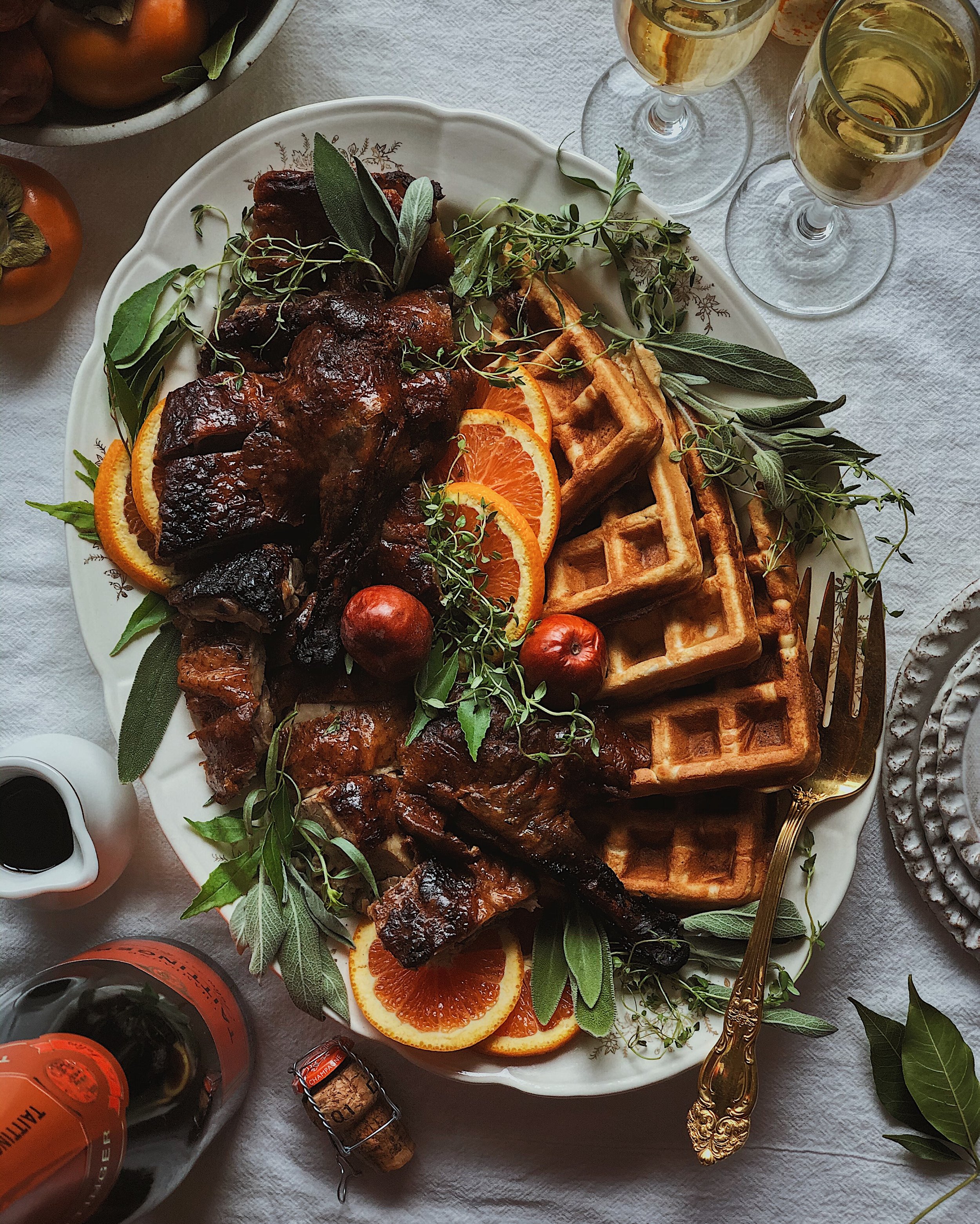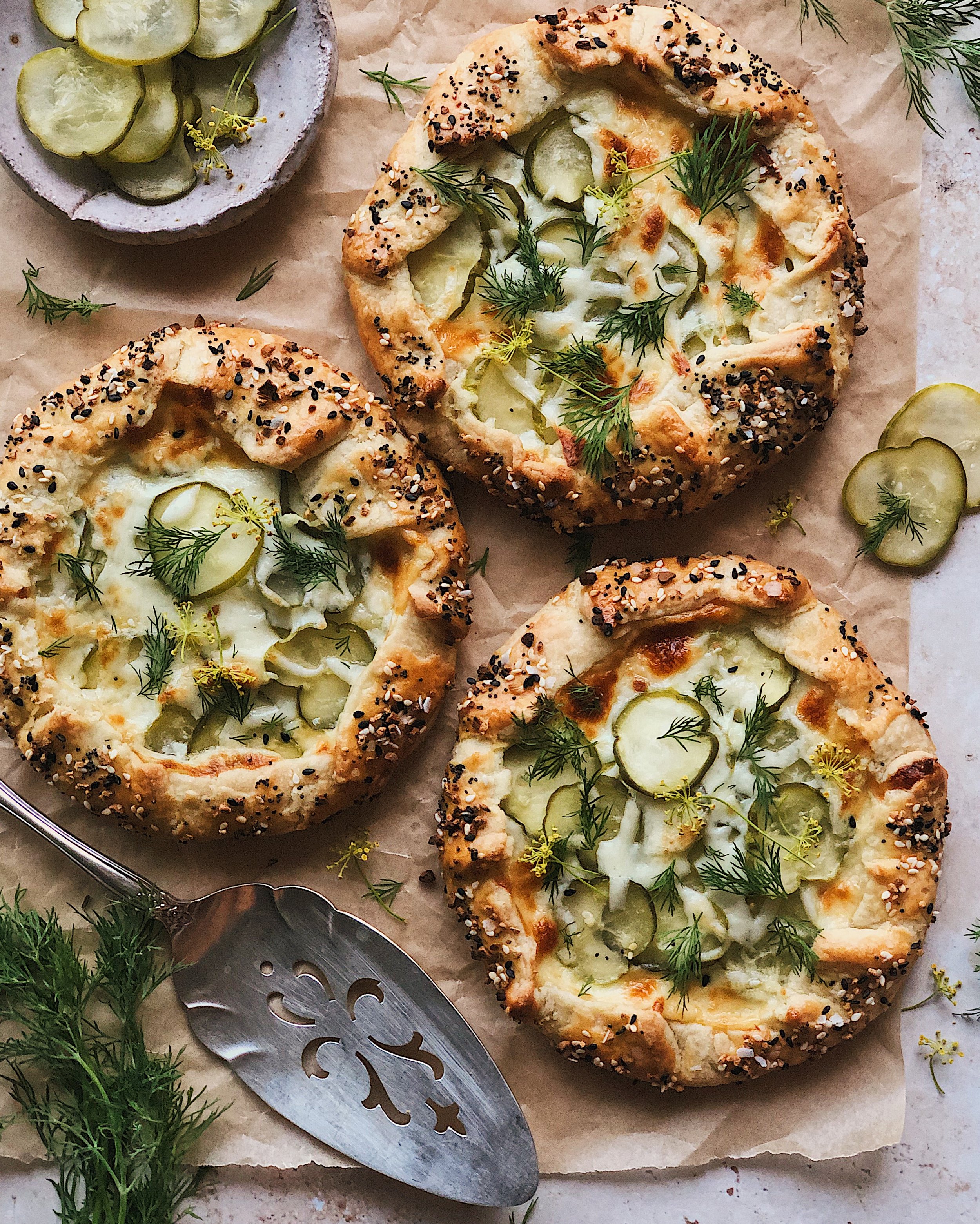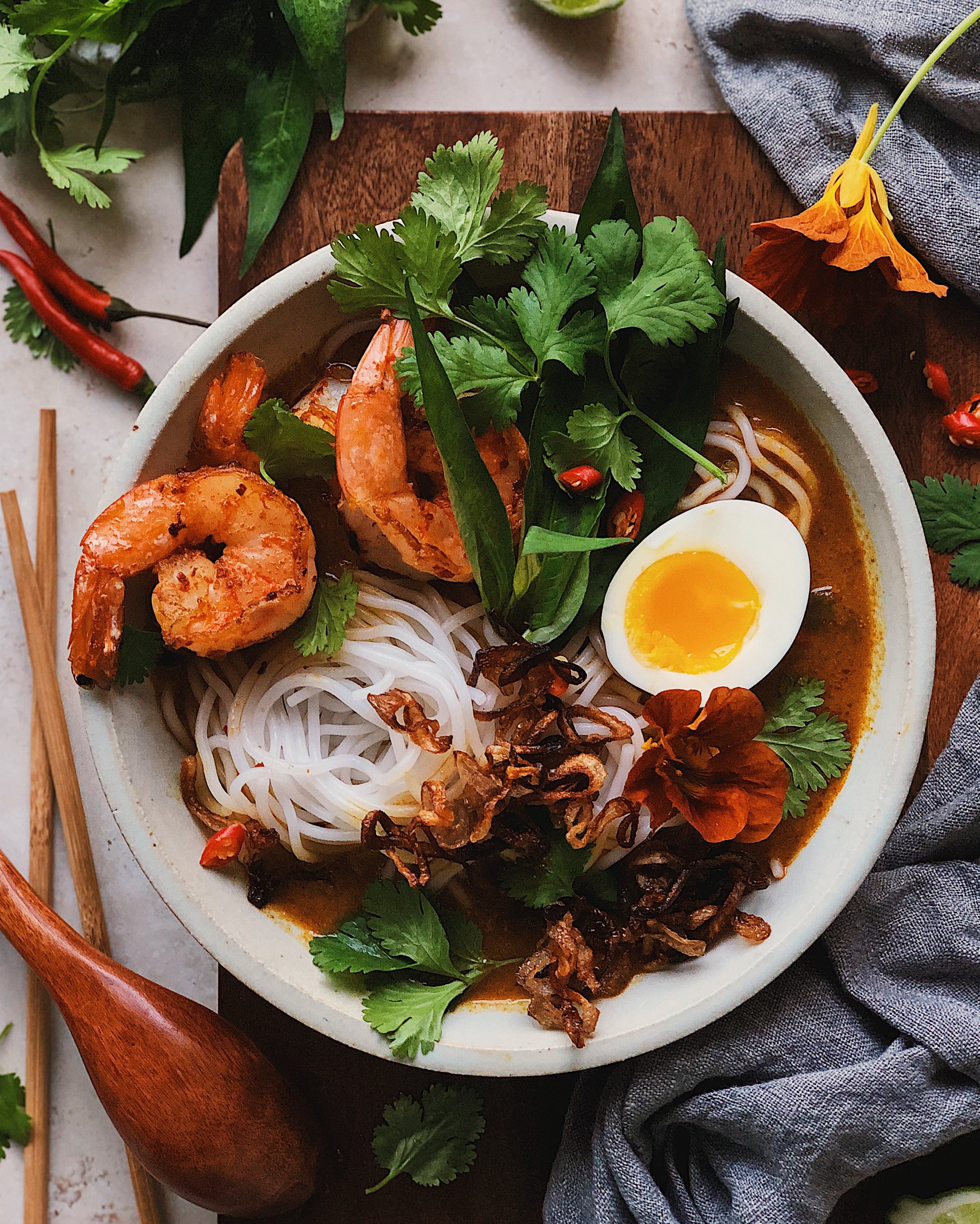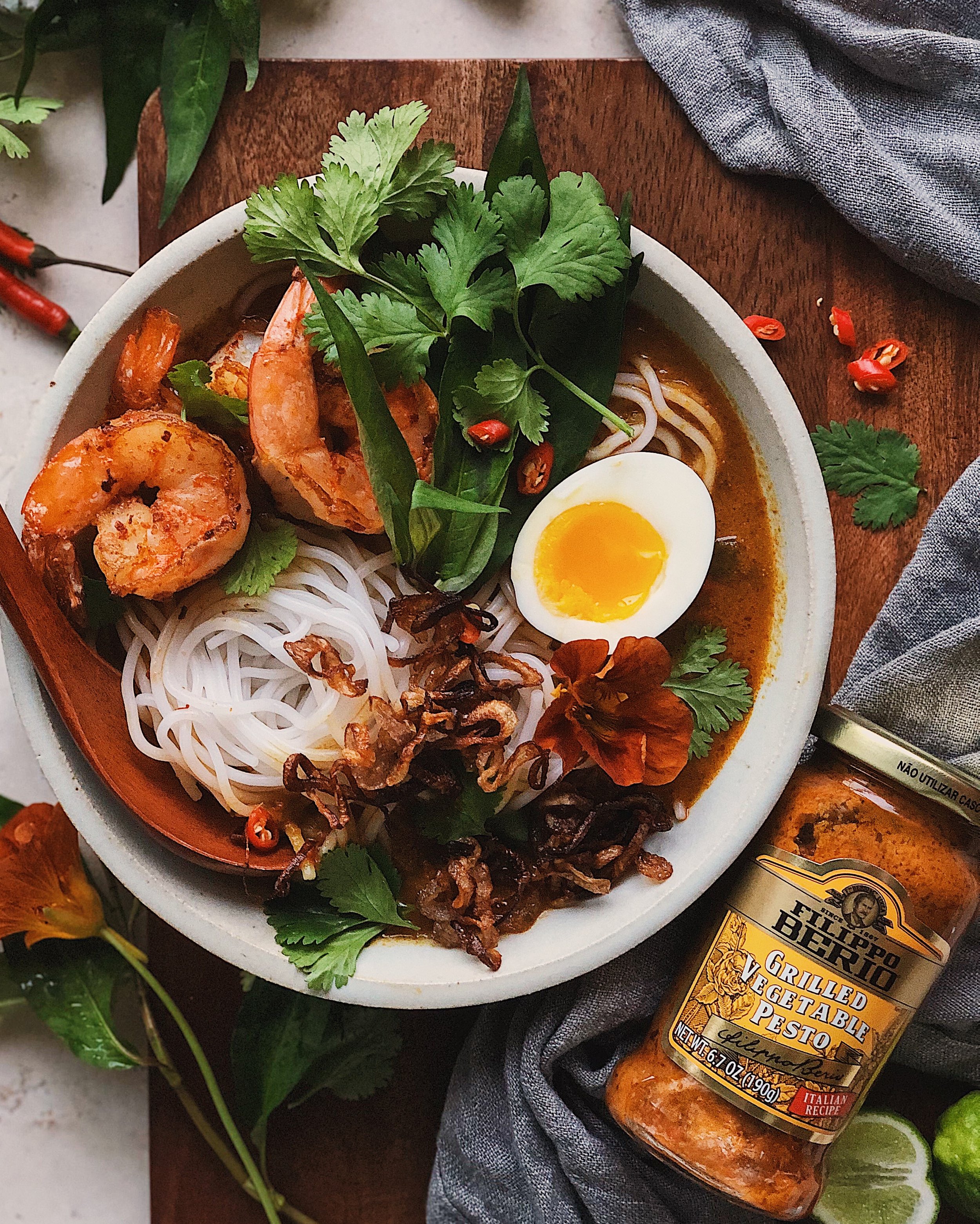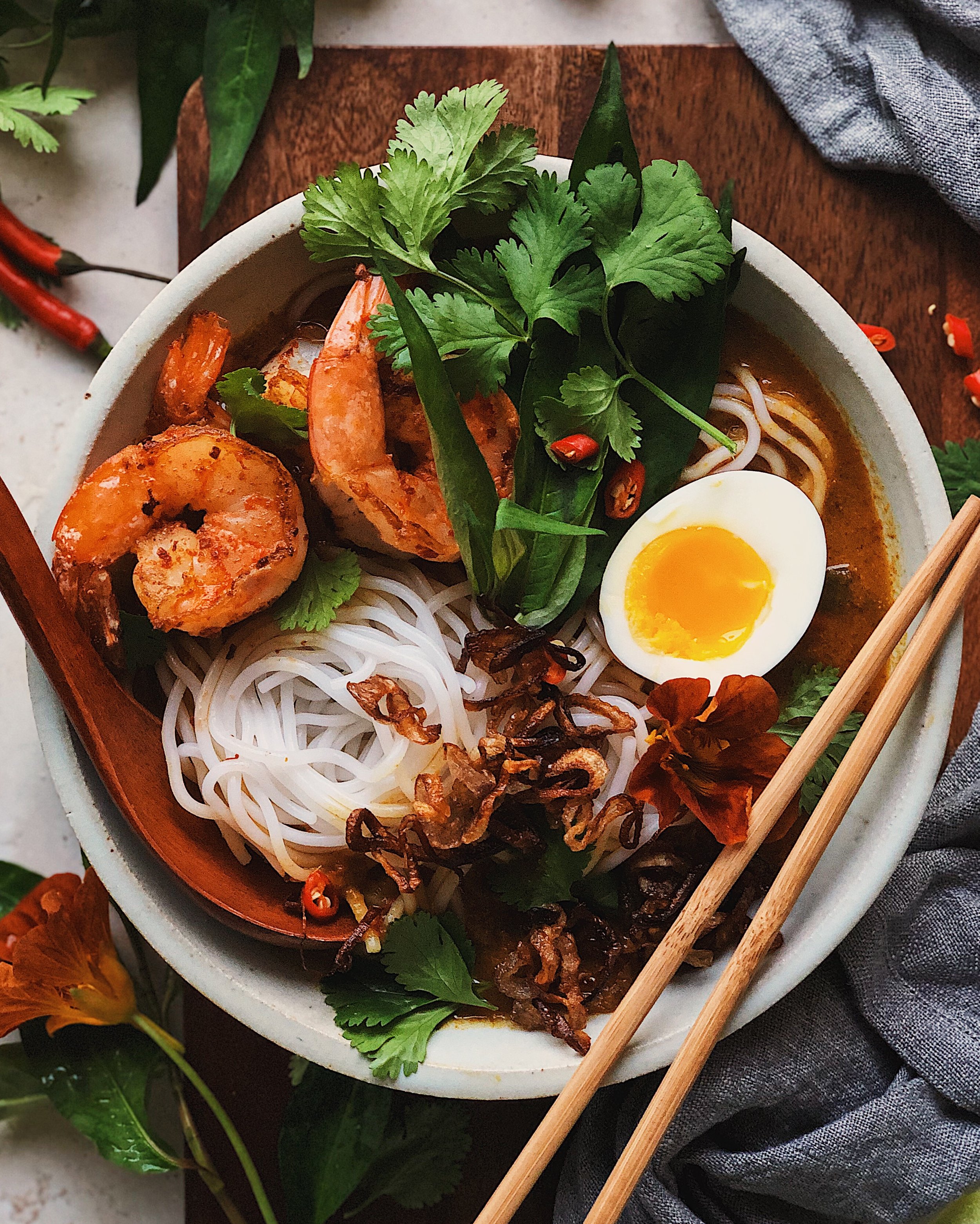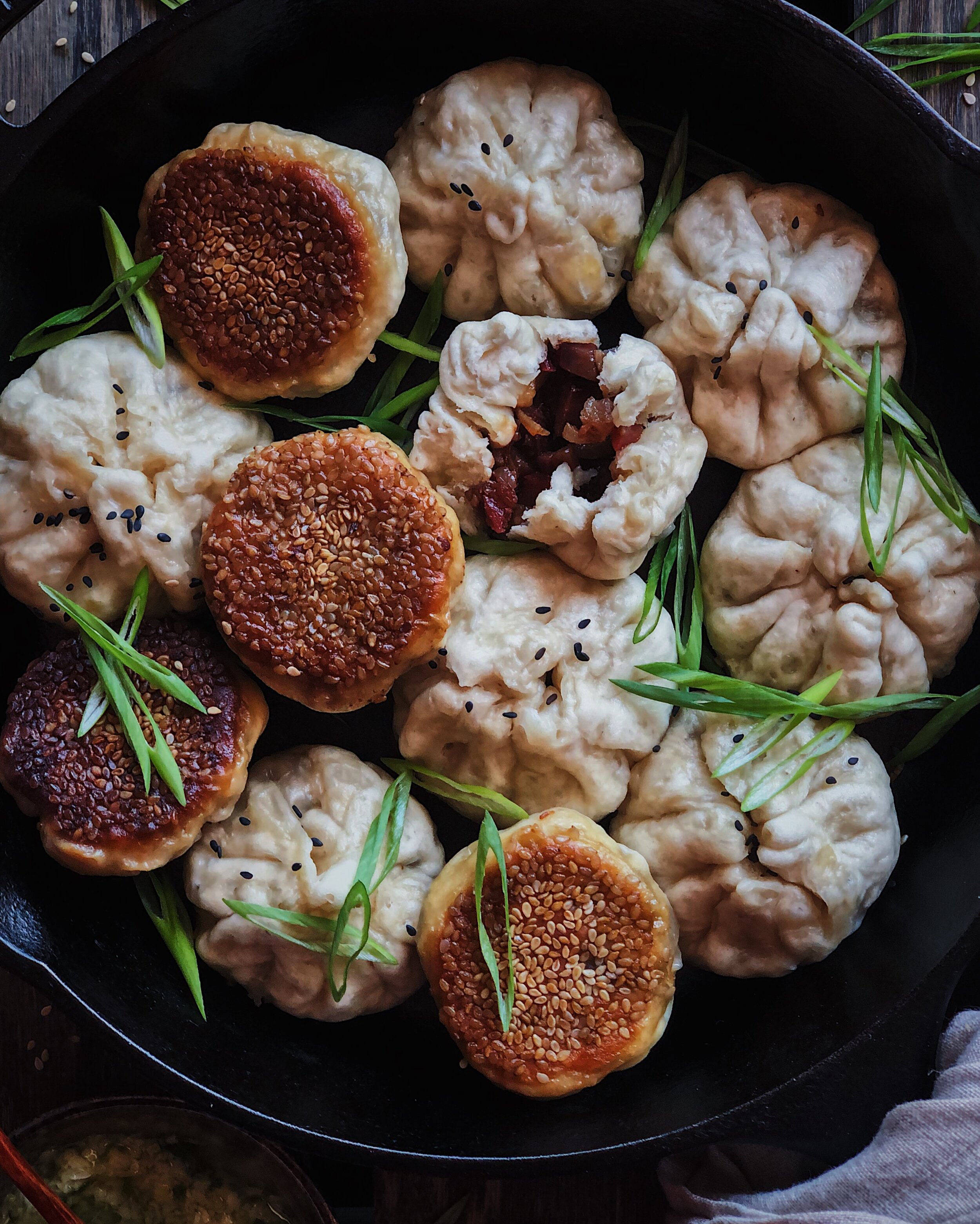Recipe: Lobster Bao with Ginger and Garlic Butter
/Here’s an easy recipe idea for if your Chinese New Year celebrations are on the smaller scale this year. I took the idea of combining lobster with melted butter from a Connecticut style lobster roll and put an Chinese-inspired twist to it by adding aromatics such as ginger, garlic, and scallions into the butter. I stuffed the fragrant lobster meat into steamed bao, which can be bought from an Asian grocery store and stashed in your freezer.
I think of lobster as a celebratory food. It is often a part of Chinese New Year menus and other celebratory banquets where expensive seafood is served as a sign of prosperity. It is also red, a lucky color in Chinese cuisine. As I was researching Lunar New Year foods and customs, though, I learned that some believe lobster to be unlucky for the new year because they can crawl backward. This was my first time learning such a contradiction among different cultures that celebrate this holiday and I thought it was super interesting that this contrast existed. If you plan to make this recipe as part of your own celebration, please do proceed with caution that some consider lobsters a lucky part of a Lunar New Year meal while others might consider it less auspicious.
Stuffed bao represent little purses and are also considered a lucky food in Chinese culture. Many of the foods with good symbolism for the new year are meant to represent something having to do with wealth and prosperity. The more luxurious the ingredients, the better to welcome in the new year, but I wanted my more modern recipe to be more accessible, too. I used precooked lobster and tobiko for the bao you see in the photos but you could certainly upgrade to more high end ingredients if you wish.
How to Make Lobster Bao with Ginger and Garlic Butter
Ingredients
8 oz pre-cooked lobster meat*
2 frozen storebought baos
1/4 cup salted butter
2 inches of ginger, peeled
2–3 cloves garlic, minced
white parts of 2 scallions, thinly sliced
2 tsp chives, chopped
2 tsp tobiko or caviar
yellow edible flowers, for garnish (optional)
*I used a thawed frozen pack of cooked knuckle and claw meat. Alternatively, you could blanch a couple of lobster tails, discard the shells, and chop the meat into chunks.
Procedure
Drain any excess liquid from the lobster meat and set meat aside.
Finely grate the ginger, then gently squeeze out the excess water. You do not need to wring out all the moisture; the ginger should feel like a damp clump.
Prepare the bao. Place them in a parchment paper lined steamer, and place the steamer over simmering water in a wok or pan. Steam until the bao are soft and fluffy and heated through, about 5 minutes. Shut off the heat.
Melt the butter in a small saucepan on medium-low heat. Add the ginger and the scallion whites and allow to fry gently, stirring continuously, until the aromatics just start to color. Add the garlic and turn down the heat to low; continue to stir, allowing the garlic to slowly cook and infuse the butter. When the garlic just starts to color, add the lobster meat. Toss together to coat the lobster in the butter then remove from the heat.
Stuff the lobster pieces equally in the bao and serve the extra butter on the side. Top the lobster with chives and fish roe (tobiko or caviar).
Optionally, decorate with some edible yellow flower petals to complete that lucky red and gold color combo before serving.









